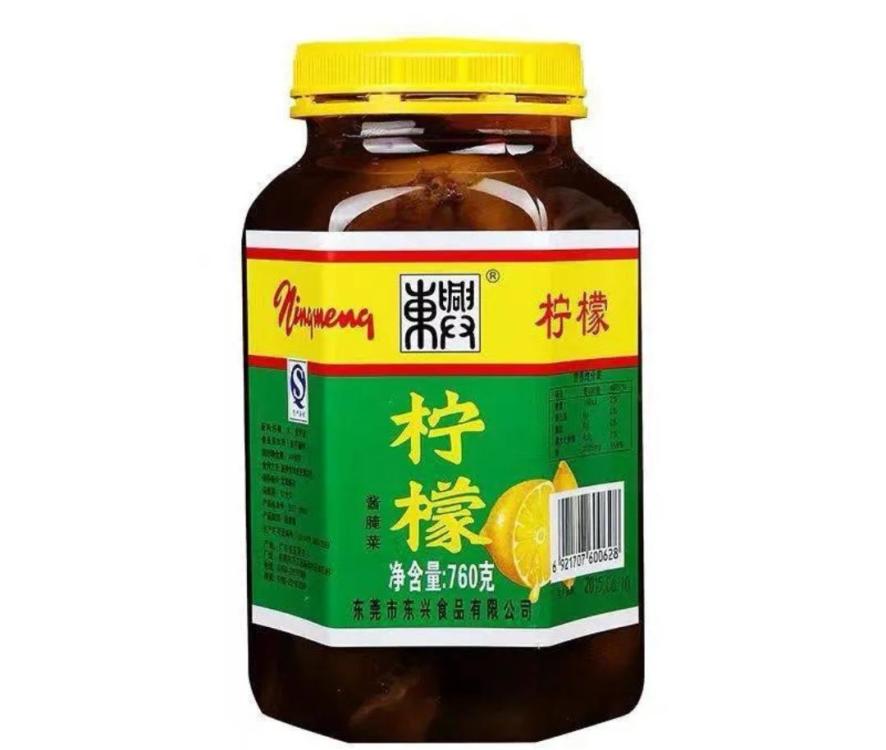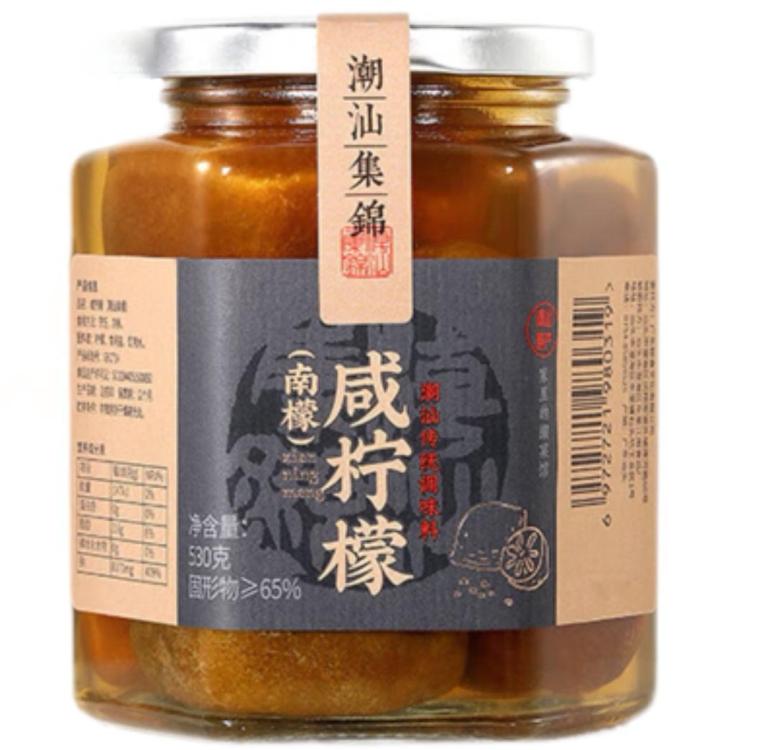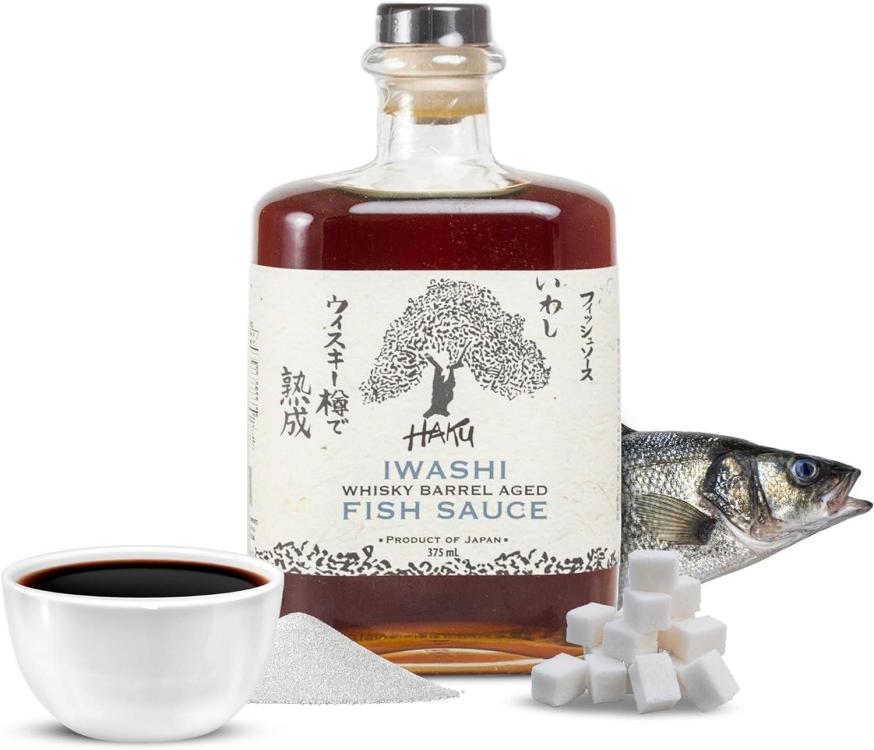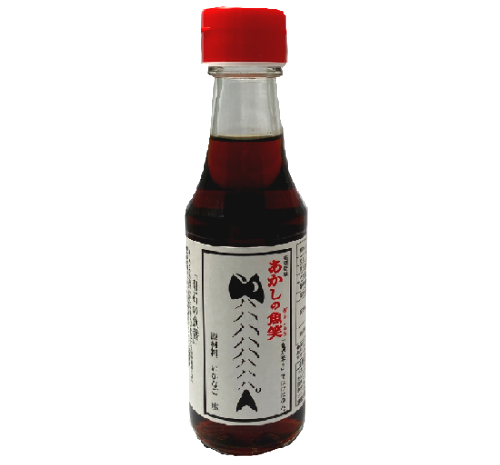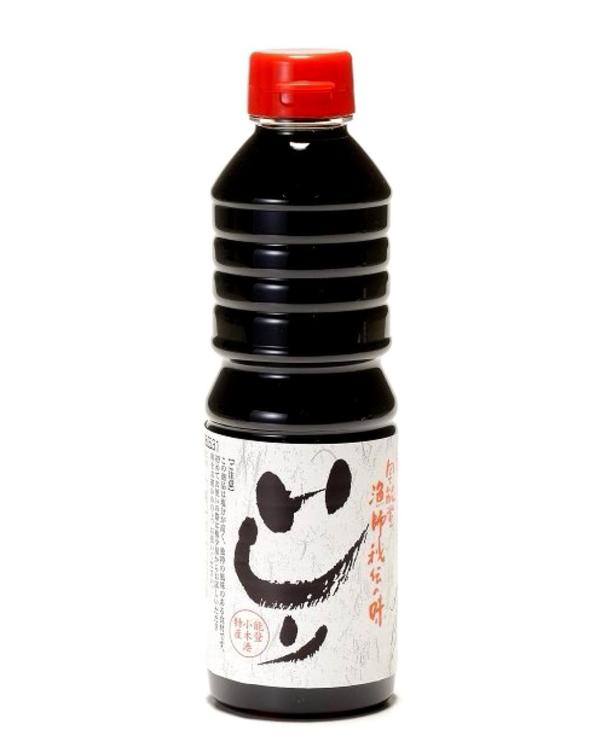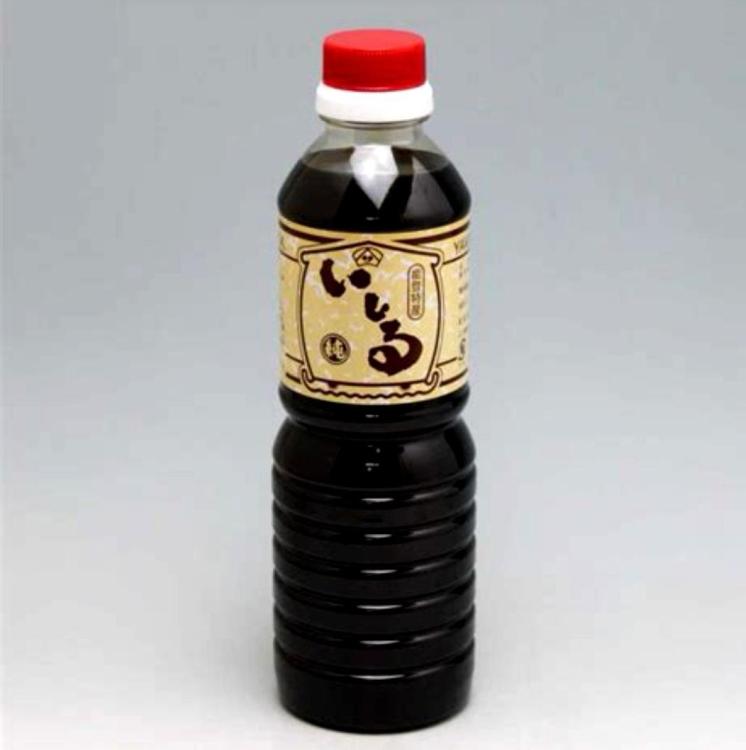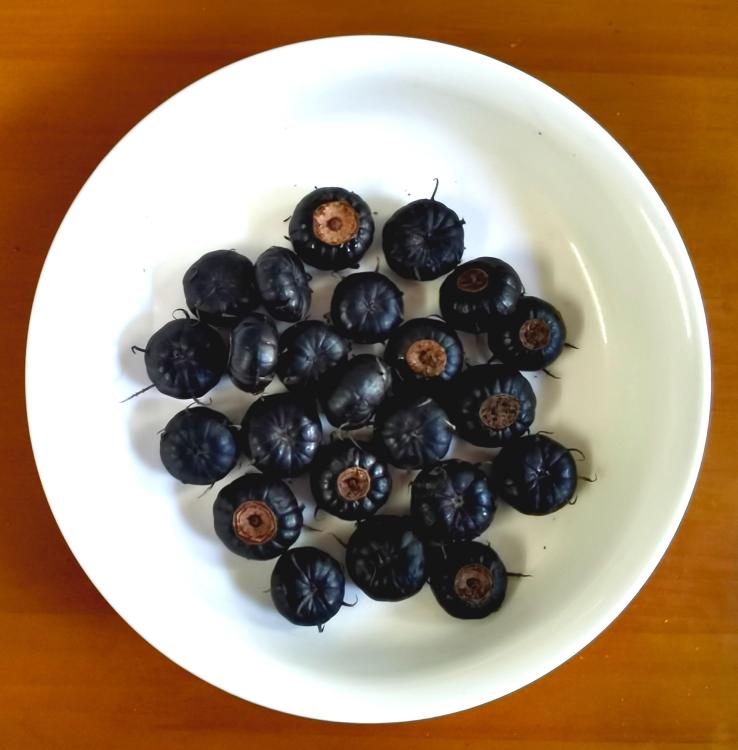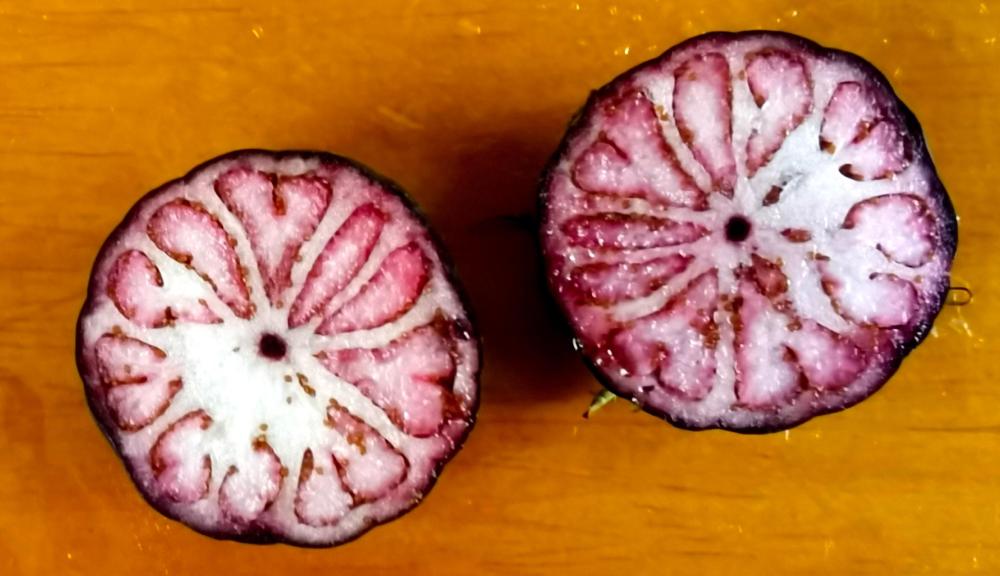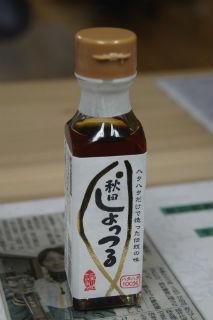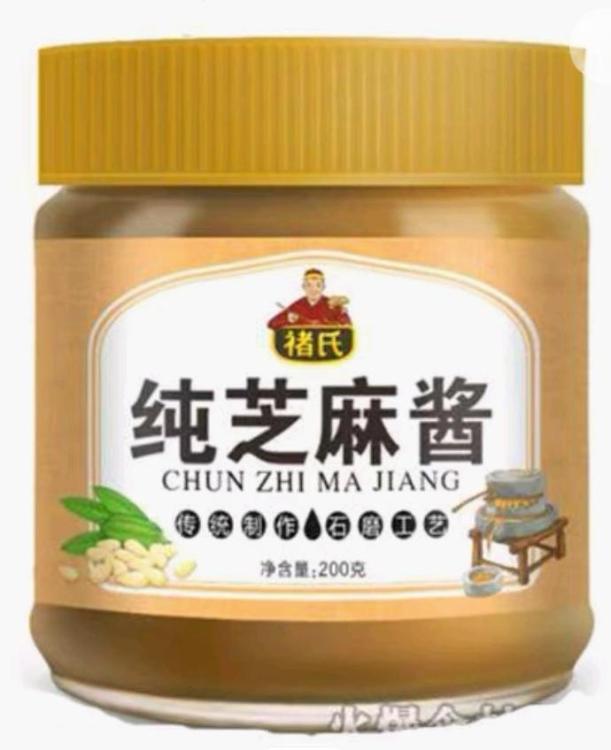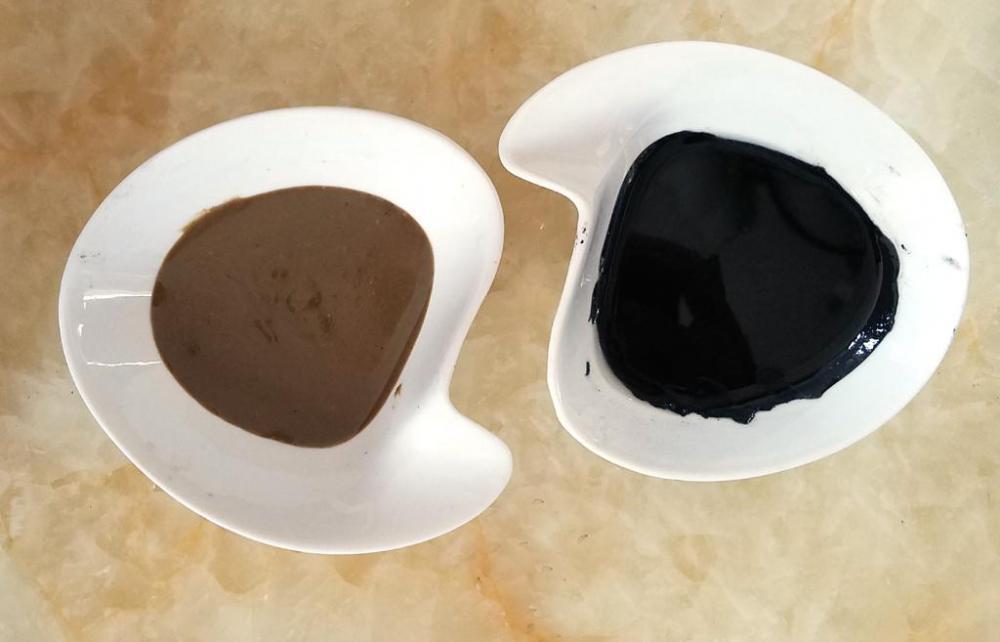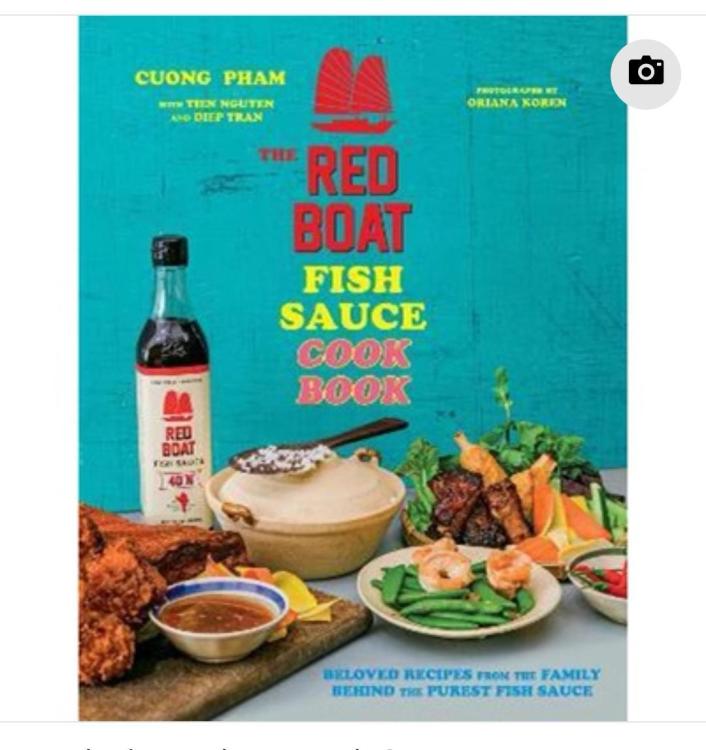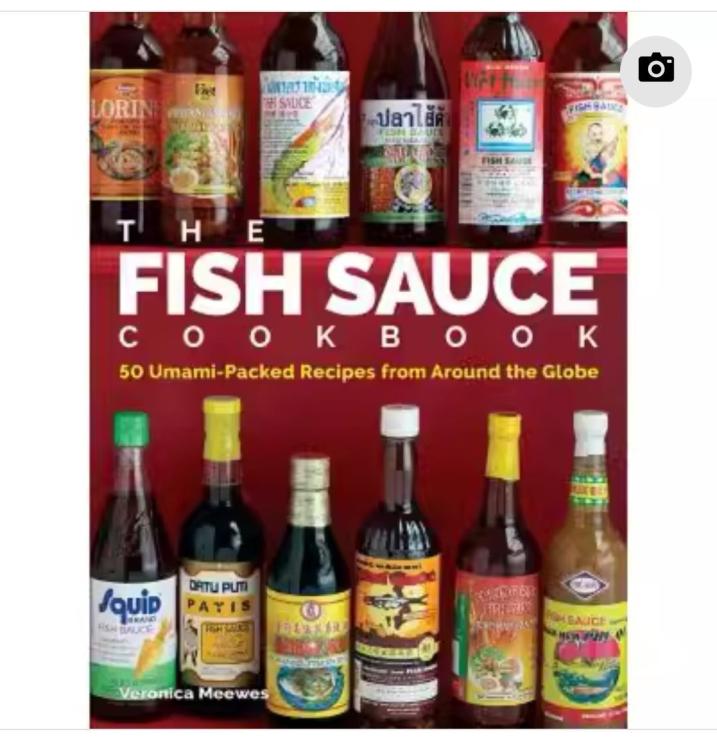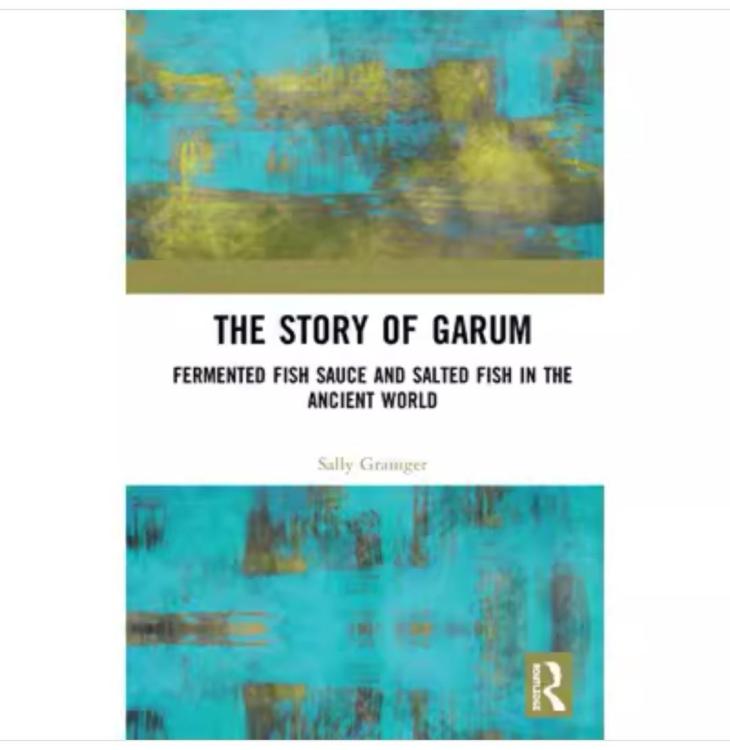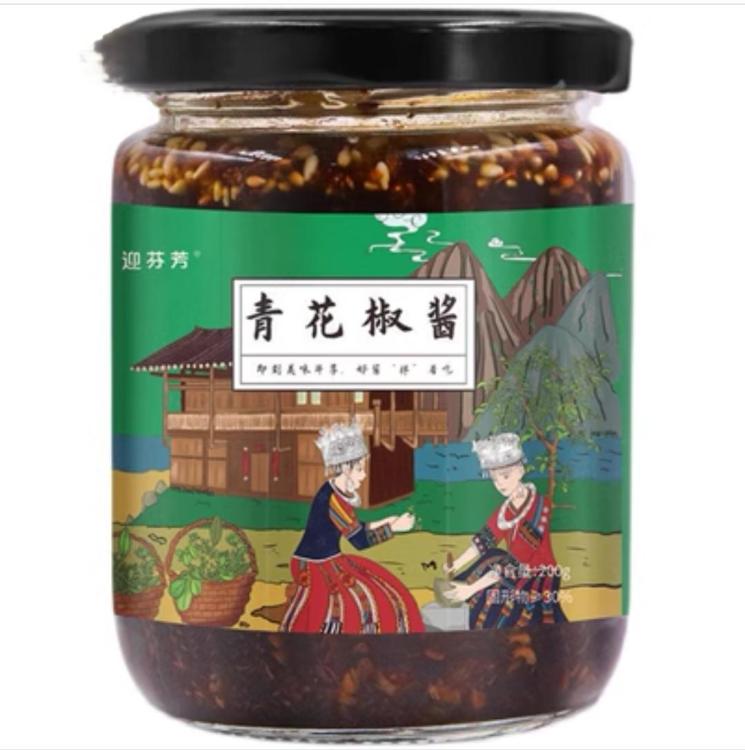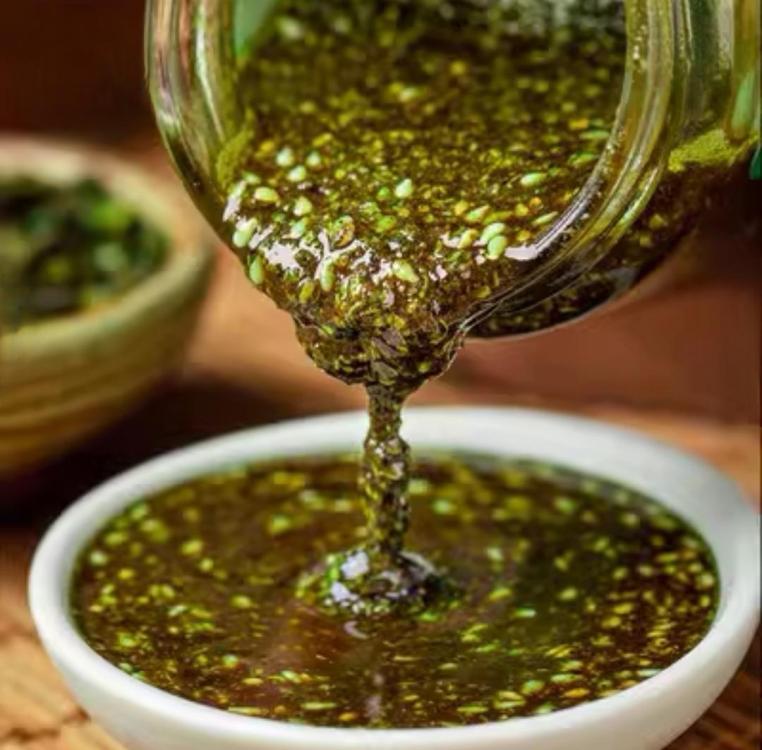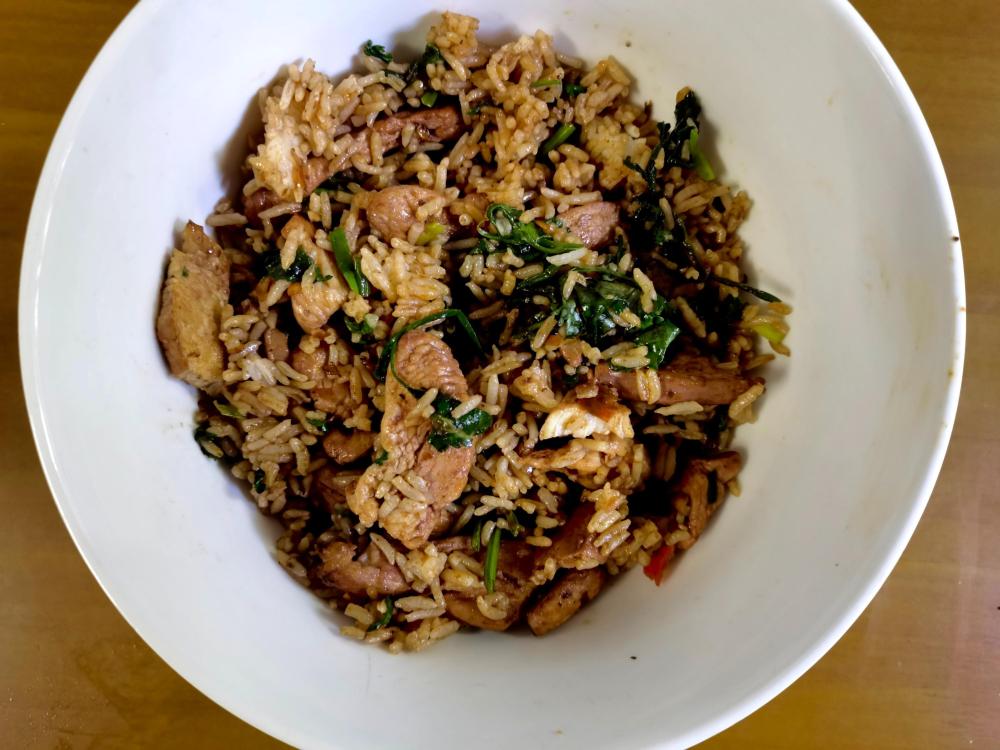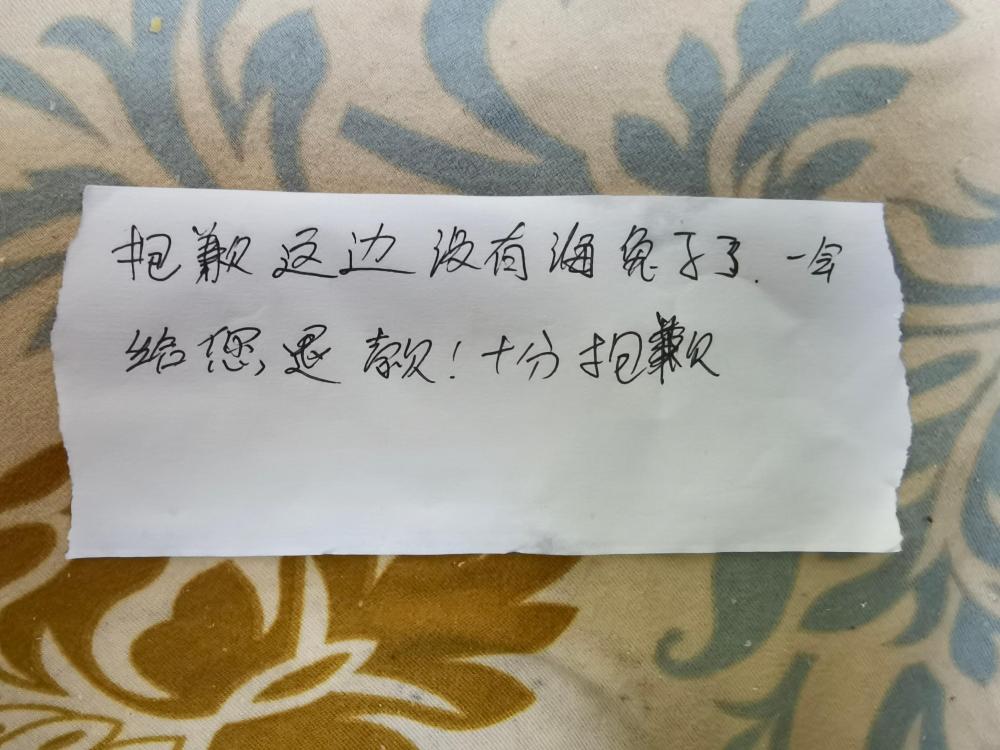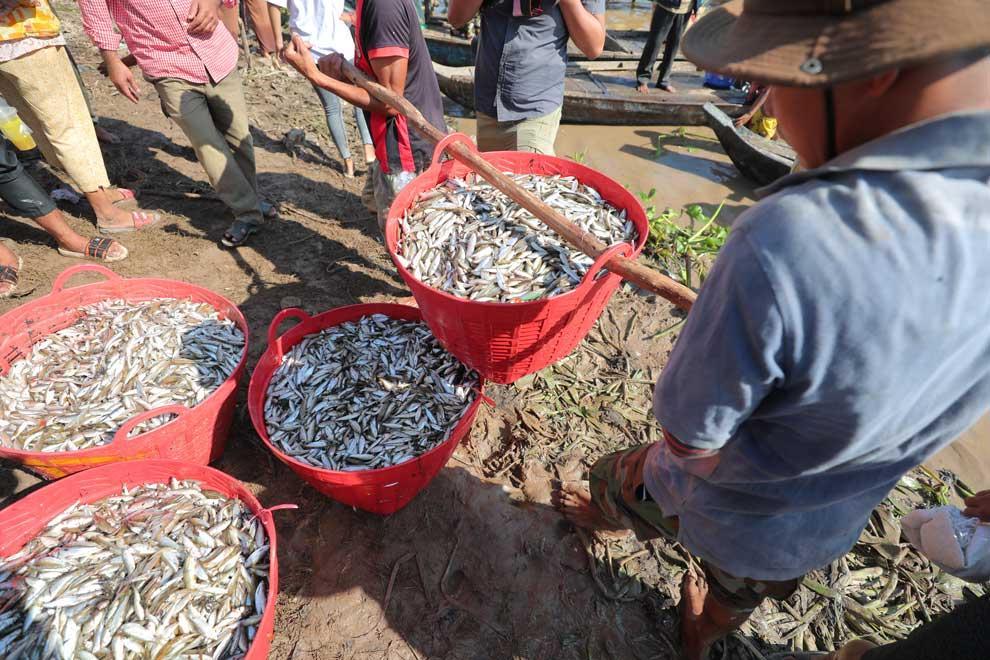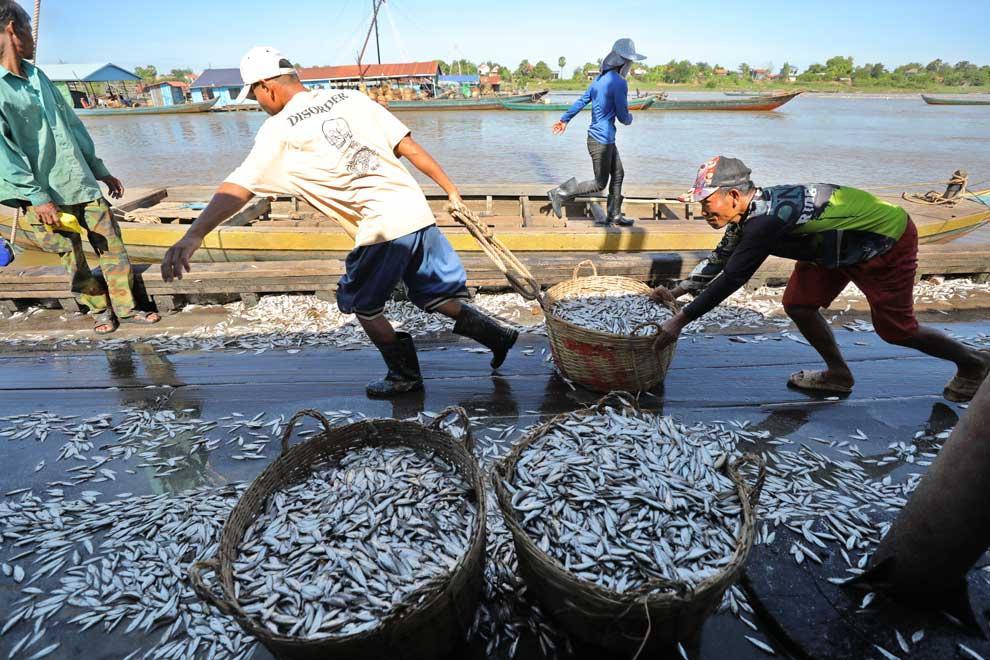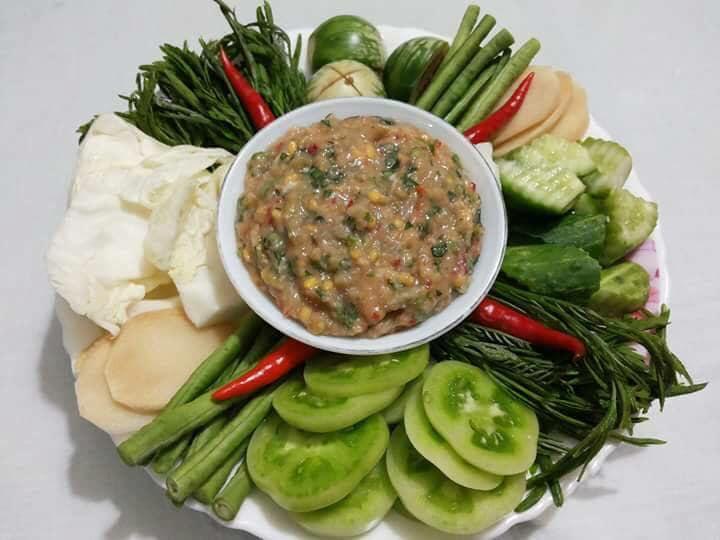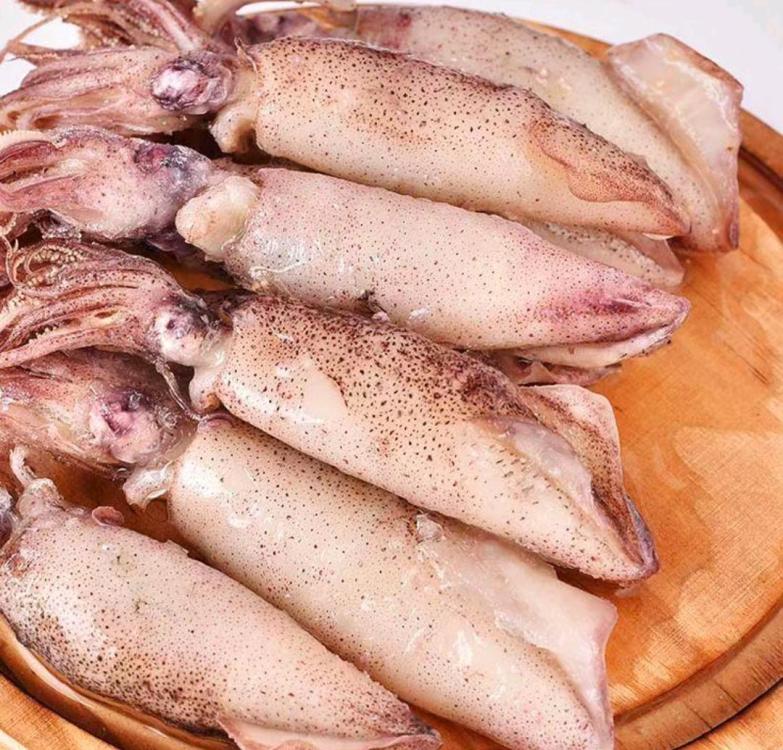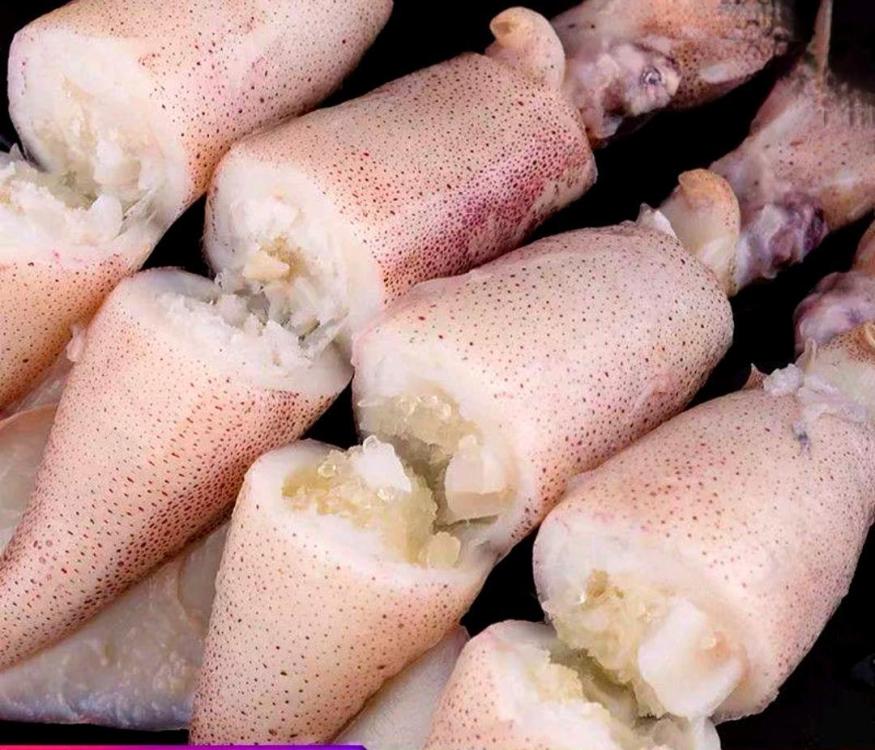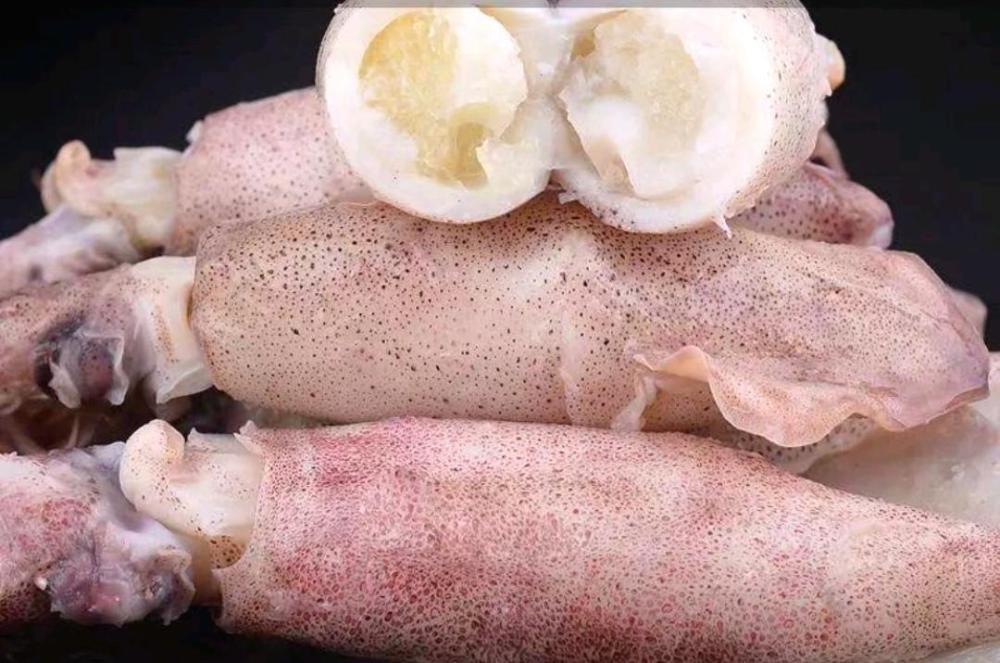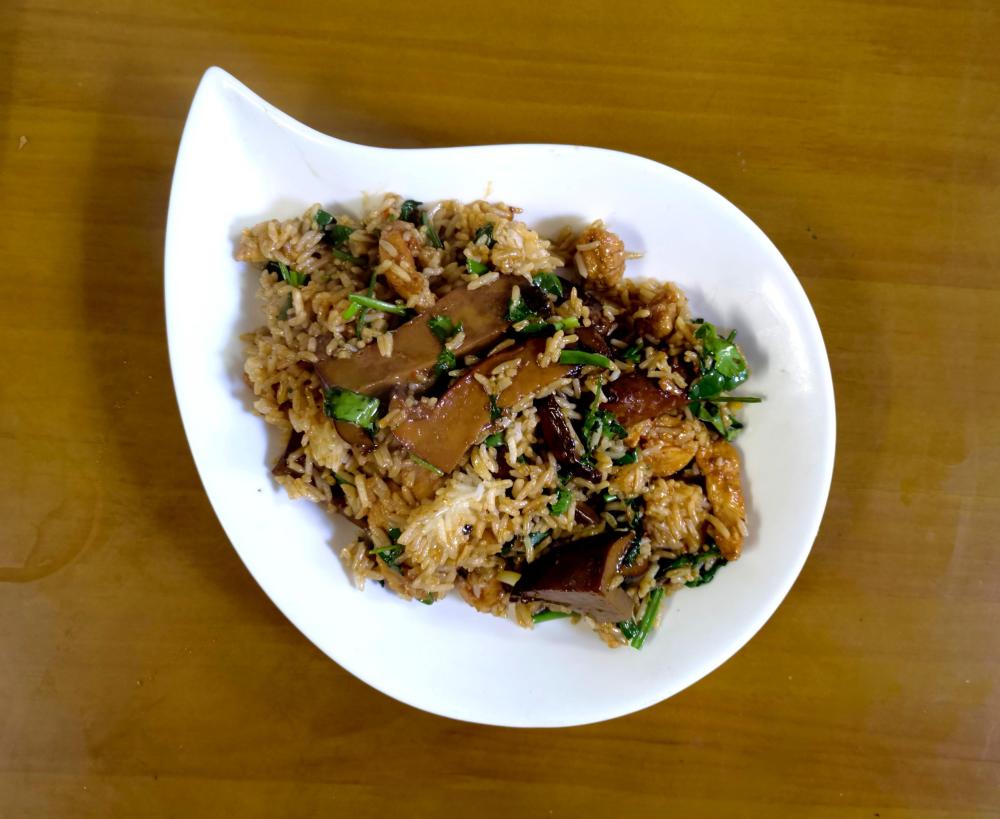-
Posts
16,754 -
Joined
-
Last visited
Content Type
Profiles
Forums
Store
Help Articles
Everything posted by liuzhou
-
This won't take long. Of all the fish sauce producing nations, the least fastidious about their sauce must be the Philippines. National pride doesn't seem to extend to their dinner table. Patis, as it's known in Filipino is made in the Philippines but some of their top brands are simply a Thai made nam pla with a Filipino label. True Filipino fish sauce is made from a variety of scad (related to mackerel), known locally as galunggong but to scientists as Decapterus macrosoma. It was originally just a by-product from the production of bagoong, meaning 'fermented fish'. A popular Filipino dish. The fish sauce is added to soups and used it various dishes, which will be described on menus as pinatisan, meaning 'cooked with patis'. The most common dip (sawsawan) is made by mixing fish sauce with chilli (sili) and calamansi / kalamansi, a citrus from which is a hybrid of kumquat and mandarin orange. A true Filipino brand is Rufina, often called Pufina, due to the ill-considered label design. Available on Amazon.
-
Does the recipe call for maple syrup as some I've seen do?
-
I don't mind cock's comb I've eaten them again since. I was just surprised that first time. Not what I was expecting.
-

A pictorial guide to Chinese cooking ingredients
liuzhou replied to a topic in China: Cooking & Baking
Way back in 2008, (16 years already?), I posted this. At that time, to get your hands on the Zhuang lemons you had to make them yourself or befriend a passing Zhuang, my preferred method. Since then, spurred on by the success of the restaurant chain I visited for lemon duck, some of the commercial sauce makers have started offering S: 咸柠檬; T: 鹹檸檬 (xián níng méng), salted lemons alongside their other sauces and condiments etc. Also, I have discovered that the people of Chaoshan, mentioned above and in the Fish Sauce topic, also use salted lemons. They even suggest adding slices to 7-Up and Lilt. I'm sure the Zhuang don't go there. -
So, I've mentioned the three most well-known fish sauces but there are more and, I'm sure, there will be even more in future as the Japanese reclaim their historical culinary heritage. Several enterprises are already doing so - almost all very small producers. I hesitate to use the overused term - artisanal - but can't think of a better one and I do think here it's appropriate. Before moving on to other fishy, sauce destinations I leave Japan with a bottle (one of several) I bought a couple of years ago in Tokyo's Haneda airport. Haku Iwashi Whisky Barrel Aged Fish Sauce. Incredible.
-
Off the southeast corner of 本州島 (honshū shima) Honshū Island, Japan's largest is 四国島 (shikoku shima), Shikoku Island, Japan. On the northern shore of the island is 香川県 (kagawa ken), Kagawa Prefecture, home to a very different type of fish sauce. いかなご醤油 (ikanago shoyu) is made from いかなご (ikanago), a type of fish known in English as 'sand lance', Ammodytes personatus. Ikanago-shoyu - konbudoi.shop-pro.jp What sets this sauce apart is that instead of being fermented in the normal way using salt, the fish are fermented in 醤油 (shoyu), Japanese soy sauce in a ratio of two parts fish to one soy sauce. After 100 days, it is ready. This compares to the one to three years for traditionally made fish sauce. The sauce is saltier but less fishy than other fish sauces, but because of its more intense savoury umami-rich flavour is used in smaller qualities. I would describe it as a fish flavoured soy sauce at her than a soy flavoured fish sauce. This makes it a good dip for sashimi and sushi. It also wakes up soups and noodles. a couple of drops in your ramen is recommended. I have great memories of a dish of pickled wild mushrooms served with a ikanago-shoyu and ginger dip in Tokyo.
-
The second major fish sauce from Japan comes from 能登半島 (noto hanjima), the Noto Peninsula in 石川県 (Ishikawa ken), Ishikawa Prefecture on Japan's west coast, about 4 hours from Tokyo by the famous high speed train. It also causes great confusion. The area produces two types of fish sauce: いしり (ishiri) and いしる (ishiru). Ishiri - kaneishi.com Ishiri is made from 烏賊 (ika) squid entrails on the east side of the peninsula while on the west they tend to make ishiru fish sauce from 鰯 (iwashi), sardines or サバ (saba), mackerel. Ishiru - six.matrix.jp Unfortunately, due to the similarity of the names and the fact that people use the two names and two sauces interchangeably, you can never be sure what you're getting. While Shottsuru is generally considered to be the premium sauce in Japan, that from Noto, by either name, has been the most produced. On New Year's Day 2024, Noto Peninsula was hit by a Mj7.6 magnitude earthquake which killed over 200 people, injured many more and caused widespread structural and infrastructural damage. Thousands are still camped in emergency shelters, two months later. Obviously, this had a major effect on sauce production, which mostly takes place in the winter months. What the long term holds is still uncertain.
-
I have come across a very local fruit. So local in fact that it has no English name that I've been able to find. The botanists are so excited they have given it the catchy name Campanumoea Lancifolia (Roxb.) Merr. [Campanula Lancefolia Roxb.] and a back up name Cyclotron lancifolius, and that's it apart from the Chinese name, Simp: 红果参; Trad: 紅果參(hóng guǒ shēn) which literally translates as 'red fruit ginseng' , although it is unrelated to ginseng. There is very little information on the website about this fruit in English, other than it is cultivated in southwest China. Guess where I am! The Chinese articles aren't much more enlightening. About 2.5 cm / one inch in diameter they have the texture of a particularly juicy apple and taste like a cross between a sweet pear and apple. Quite pleasant. Inside, they look like this.
-
Japan, in a number of ways, exemplifies the rise, fall and rise of fish sauce in parts of Asia. It isn't known exactly how fish sauce arrived in East Asia. There are claims it was brought by the Romans to China. Alternatively, it could have been developed independently. Or both. Whatever, it was certainly a major sauce in parts of China, which introduced it to Japan and Korea. In the 14th century, soy sauce started to oust it and by the 16th century fish sauce was almost extinct in those countries. Only in recent years, has there been a revival, with small enterprises reviving old recipes and techniques. Interest, fuelled in part by tourism, is growing. Today, the three major types of fish sauce in Japan are しょっつる (shottsuru), いしり (ishiri) / いしる ishiru and いかなご醤油 (ikanaga shoyo). Shottsuru (しょっつる) 秋田 (Akita) is a relatively small city in the prefecture of the same name on the northwestern coast of Japan's largest island, 本州 Honshū. The local fisherman's main catch was ハタハタ (hatahata), Japanese sandfish, Arctoscopus japonicus . Hatahata - oganavi.com Shottsuru made from hatahata was revived and put into production by around 1980. By the early 90s catches had declined dramatically due to overfishing and today most shottsuru is made using 鰯 (iwashi) - sardines. Hatahata populations have somewhat revived, but the fish is rarely consumed today. Shottsuru - nihonmono.jp Shottsuru is paler and milder than many fish sauces (as are most Japanese types) and can be used as a dip for おにぎり - onigiri rice balls, served with うどん - udon noodles, mixed into ラーメン - ramen, added to 炒め物 - stir-fries, etc.
-

A pictorial guide to Chinese cooking ingredients
liuzhou replied to a topic in China: Cooking & Baking
Chinese style sesame paste is also easy to make at home. I haven't bought any for years. I make my own tahini, too. -
The memory I have most from the early days of learning Chinese was being in a restaurant and recognising the first two characters of 鸡肉冠 as meaning 'chicken meat' and assuming the unknown third character must be how it was cooked. Feeling safe, I ordered it and was 'delighted' when a plate of cock's combs turned up, bright red and rubbery. I've never forgotten what that third character means.
-
The address and opening time etc is in my post about Vietnamese fish sauce over here.
-
I'm told the Red Boat factory visit is worth the visit. Unfortunately, it was closed when I was there.
-

A pictorial guide to Chinese cooking ingredients
liuzhou replied to a topic in China: Cooking & Baking
Known to have been used in China since the 5th century, pure sesame paste or sauce - S: 纯芝麻酱; T: 純芝麻醬 (chūn zhī ma jiàng) is made from dark toasted white sesame seeds and sesame oil. Tahini and Chinese sesame paste are NOT interchangeable as tahina has a much lighter toast, if any. Chinese paste is thicker and much more strongly flavoured. One unwitting friend used it to make inedible, disgusting hummus. Instead, it is added to noodle dishes, used as a dipping sauce for hotpots and incorporated into stir fries. Black seed sesame paste is used in tang yuan, a CNY treat of glutinous rice balls filled with the paste and served in a syrupy soup. White seed sesame paste (left) and black sesame seed paste (right). -
I have started a companion topic in the Cookbook and References section, listing some interesting and relevant reading material. I will continue with more fish sauces here.
-
As an adjunct to the Fish Sauce topic, here are three books specifically dealing with fish sauce and recipes using that. First up, The Red Boat Fish Sauce Cookbook (eG-friendly Amazon.com link) by the makers of Vietnam's finest nước mắm. Then a general selection of 50 recipes using fish sauces from around the world: The Fish Sauce Cookbook (eG-friendly Amazon.com link) by Victoria Meewes. And finally, The Story of Garum (eG-friendly Amazon.com link) by Sally Grainger for the history and background. ( Of the three, I've only read the last, so can't vouch for any recipes. Anyone?
-

A pictorial guide to Chinese cooking ingredients
liuzhou replied to a topic in China: Cooking & Baking
Here's one I buy. S; 青花椒酱; T: 青花椒醬 (qīng huā jiāo jiàng) is 'green Sichuan peppercorn sauce' aka 'rattan pepper sauce'. It is made by pounding said peppercorns with oil. You could do this yourself in a mortar and pestle if you can source the green peppercorns, but buying this is the easier way. I've never seen this done with the more easily sourceable red Sichuan peppercorns. No idea why. This is added to noodles, mixed into stir fries or used as a dipping sauce to add that 'ma' numbness. -
-
Damn! I asked them to send me some (along with some other supplies) to resolve the mystery and received this note. It says "Extremely sorry. We are out of sea hare. Will refund you shortly. Sorry again." I know they have squid in stock as they did send me that! I'll see if they ever restock.
-
Cambodia, កម្ពុជា (Kampuchea) is possibly the only country where you can spend fish. The local currency, រៀល (riĕl) , introduced in 1953 when the country gained independence from France, is believed by many to take it's name from a variety of fish, Henicorhynchus entmema or 'riĕl'. Rial harvest Others dispute this, claiming implausibly that the name is derived from the Spanish real, although they struggle to explain how or why a bunch of southeast Asian peasants, newly liberated from French colonial rule, suddenly took up speaking Spanish. Whatever, the story does indicate the importance of the fish in Cambodia. It is this species, caught in Tonle Sap Lake, that is used in their ubiquitous fish sauce, ប្រហុក (prahok). Mud carp, រៀល (riĕl), are fermented with salt as usual and both the resulting juices and the residual fish are sold as ប្រហុក (prahok). Prahok (centre) Although they can't agree on the etymology of their cash, everyone agrees the prahok stinks. Of all the fermented fish products, this is probably the most notorious. Prahok is also used in the preparation of ទឹកត្រីb (tuk trei), Cambodia's version of the dipping sauces found all over SE Asia, mixed with lime juice, garlic and chilli. In fact, Cambodia has many versions of this, depending on the added ingredients. Note: Khmer transliteration has never been standardised, so you will see various spellings of all these terms. Images from Phnom Penh Post
-
One of my local delivery stores is offering frozen sea hare. I was under the impression that these were poisonous but their ads don't mention that or anything else useful except the price, 30元 / $4.20 for 500 grams. I can see nothing online about edibility. Anyone know anything about these gastropods? Images from store's online listing.
-
Chicken and black bolete fried rice. Doubanjiang, garlic, ginger, coriander/cilantro, garlic chives, Shaoxing, Korean fish sauce.




